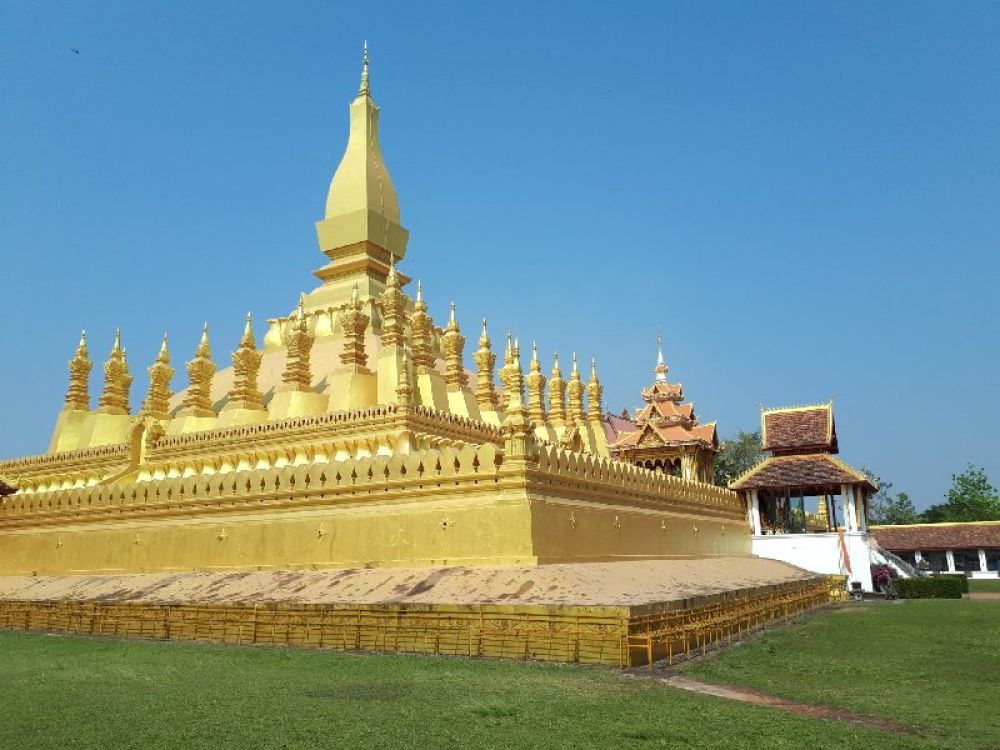

The history of tourism in Vientiane, the tranquil capital city of Laos, has been evolving since the country opened its doors to international visitors in the late 20th century. Nestled on the banks of the majestic Mekong River, Vientiane's blend of French colonial architecture, Buddhist temples, and laid-back atmosphere has steadily drawn inquisitive travelers seeking a unique blend of Southeast Asian culture.
Following the communist takeover in 1975, Laos was largely isolated from the world. It wasn't until the late 1980s and early 1990s that Laos began allowing tourists to enter more freely, coinciding with economic reforms and a drive to generate more foreign income. Vientiane, while not an instant tourist hotspot, gradually caught the attention of adventurous backpackers traveling along the Mekong River and overland from neighboring Thailand.
The 1990s marked the beginning of substantial growth in tourism for Vientiane. The Laotian government recognized the potential benefits of tourism and initiated several infrastructure improvements, including refurbishment of important historical and cultural sites, to make the city more tourist-friendly.
By the turn of the millennium, the number of international visitors to Laos, and Vientiane in particular, began to rise significantly. The introduction of international flights at Wattay International Airport and the construction of the Friendship Bridge connecting Laos to Thailand facilitated much easier access to the city. Tourist attractions like Pha That Luang, the golden stupa considered a national symbol, and Patuxai Victory Monument, drew crowds, as did the tranquil ambiance of the city's riverfront and public parks.
In the past decade, Vientiane has seen a sustained interest from cultural and eco-tourists. The city has also become a hub for visitors exploring other areas of Laos. Tourists are drawn by both the promise of adventure in the surrounding landscapes and the burgeoning culinary scene in the city itself.
Moreover, the rise of digital nomadism and the city's relatively low cost of living have attracted a new demographic looking to experience Vientanian life for extended periods. The city's tourism infrastructure continues to grow, with a range from backpacker hostels to luxury accommodations emerging to meet demand.
While tourism in Vientiane has been a source of economic growth, it has also brought challenges such as ensuring sustainable development that respects the city's heritage and environment. The government and local organizations are proactively working to balance tourism growth with preservation efforts.
Looking forward, Vientiane is likely to continue evolving as a tourism destination, with ongoing investments in cultural and eco-tourism experiences anticipated to attract even more diverse visitor profiles in the coming years.
From its early days as a quiet backwater to its current status as a flourishing destination, Vientiane has carved out a distinctive niche within the Southeast Asian tourism landscape. Whether through its historical richness, the serene beauty of its temples, or the warmth of its people, Vientiane's charm is set to captivate travelers for many years to come.